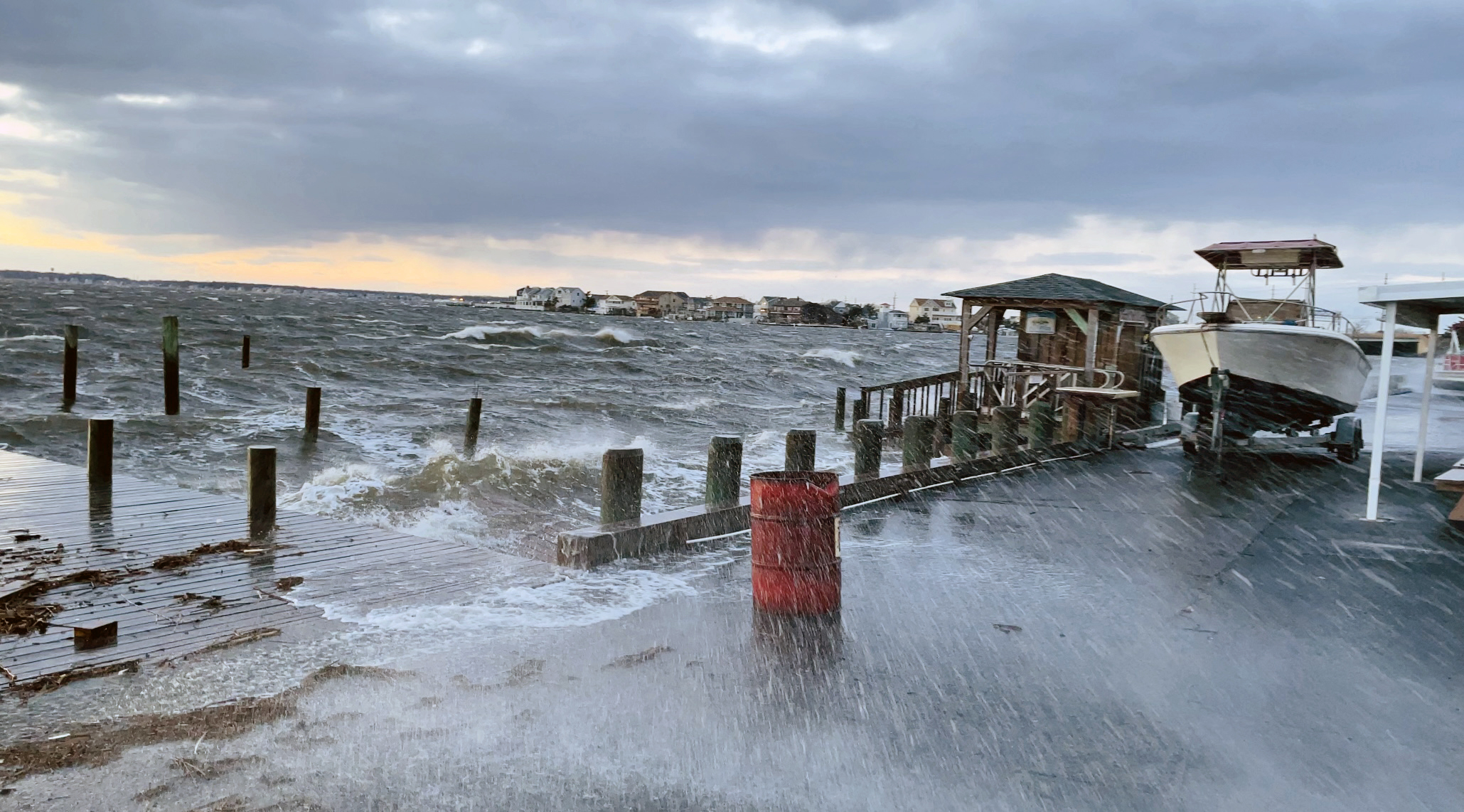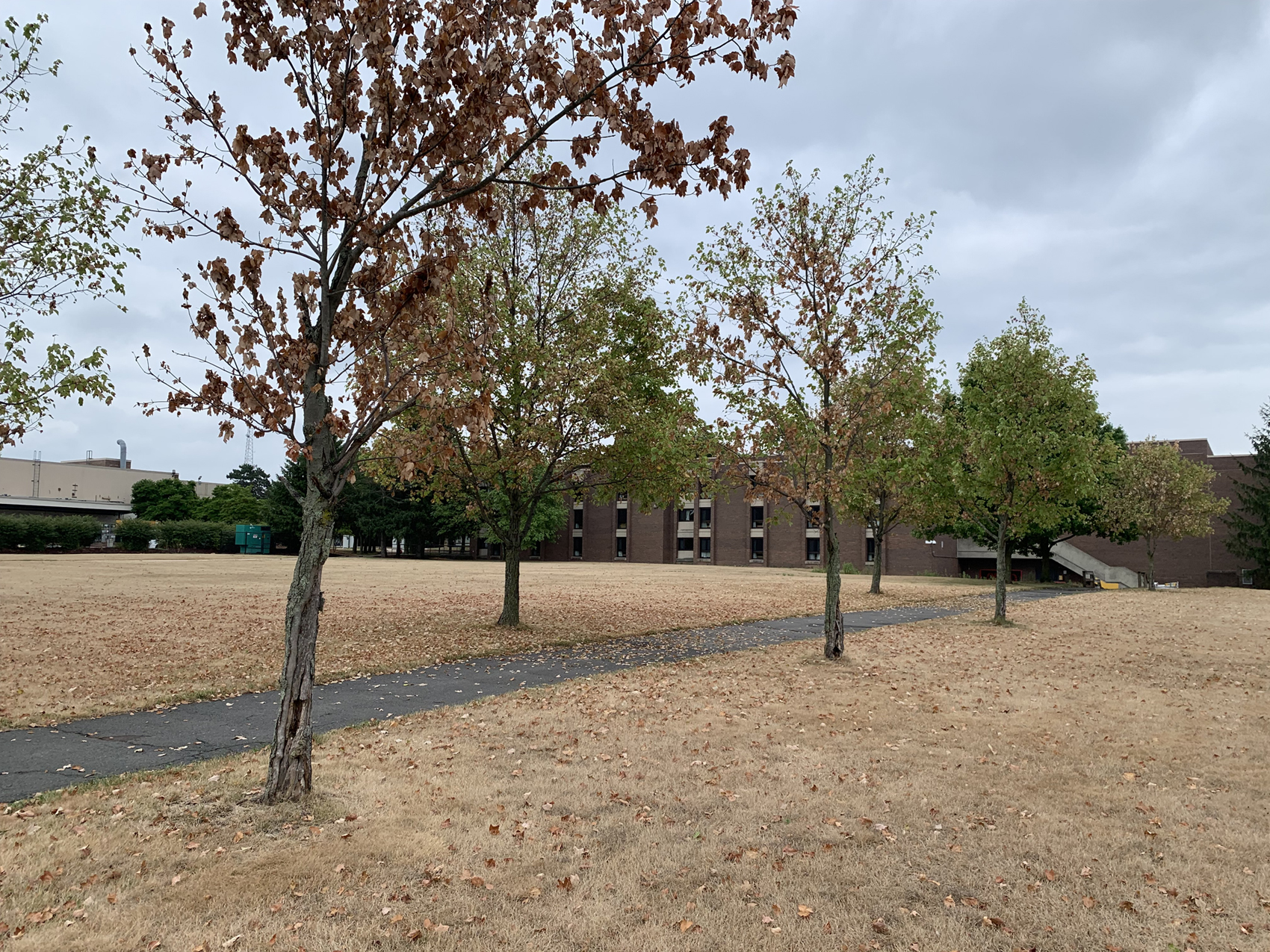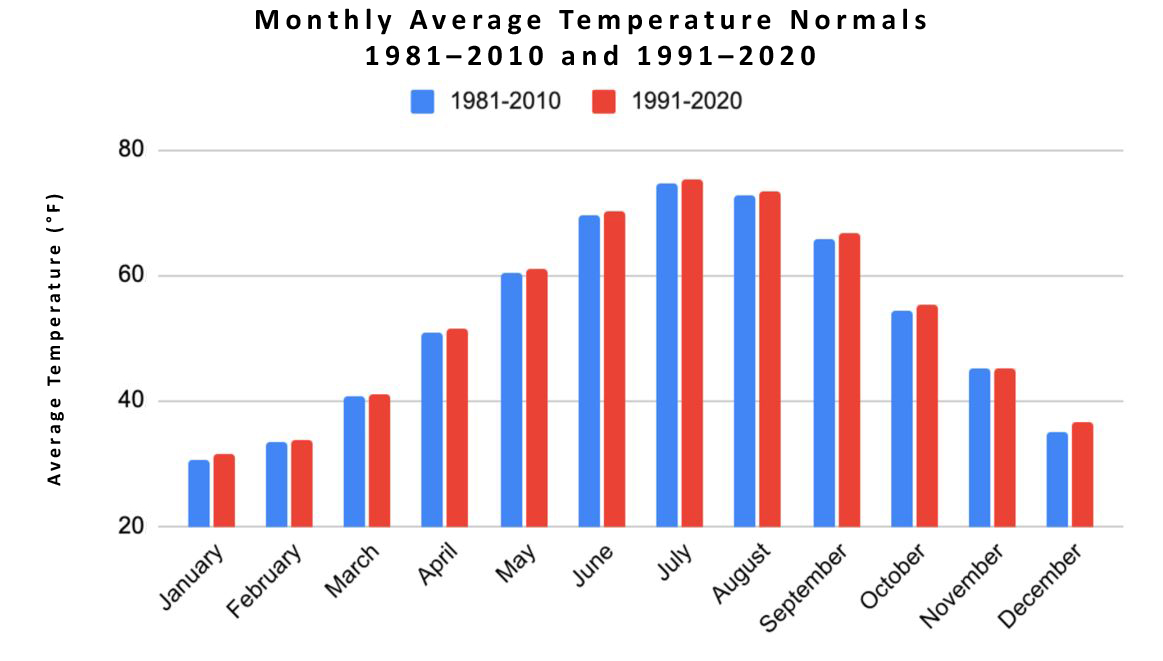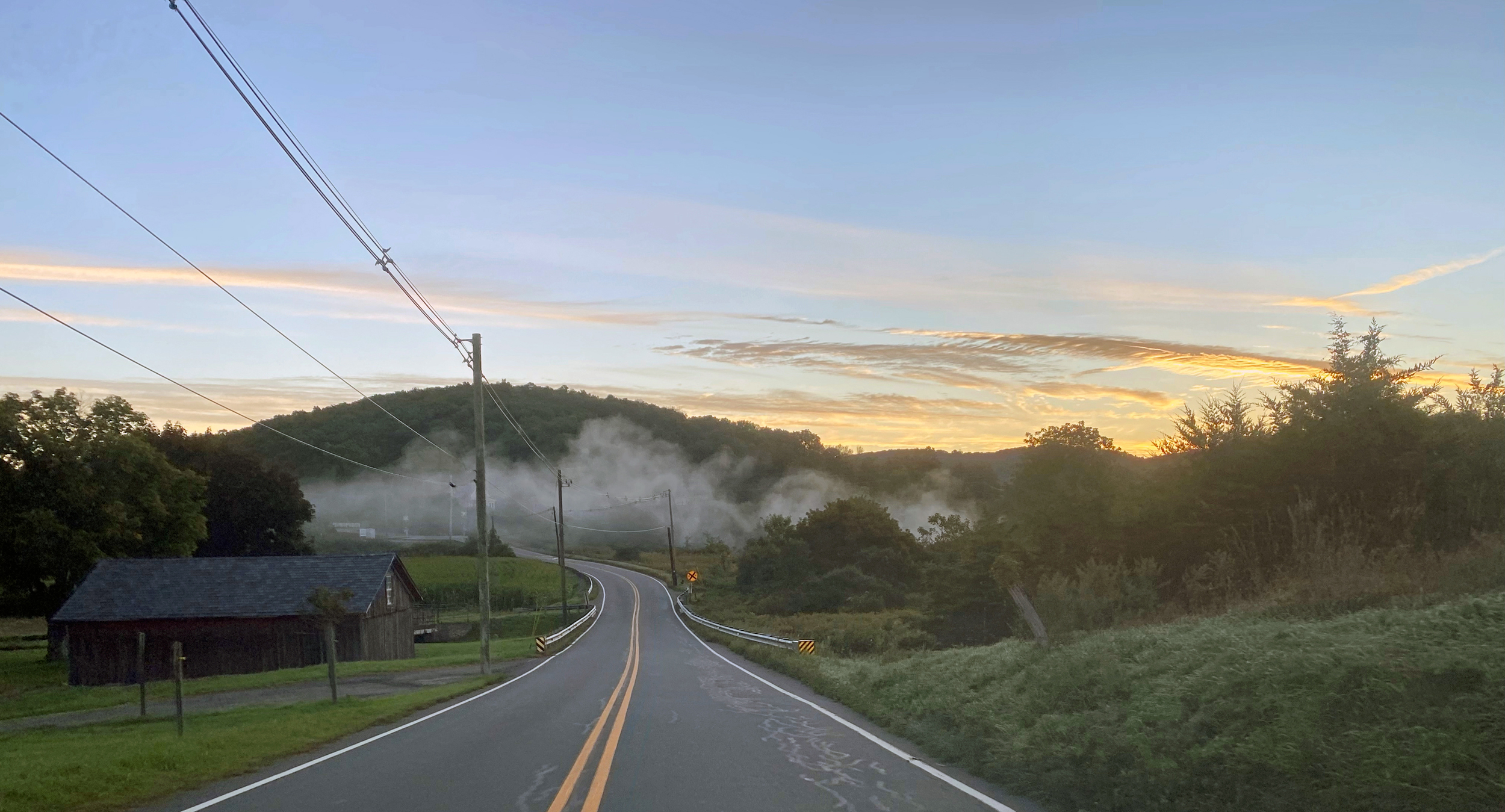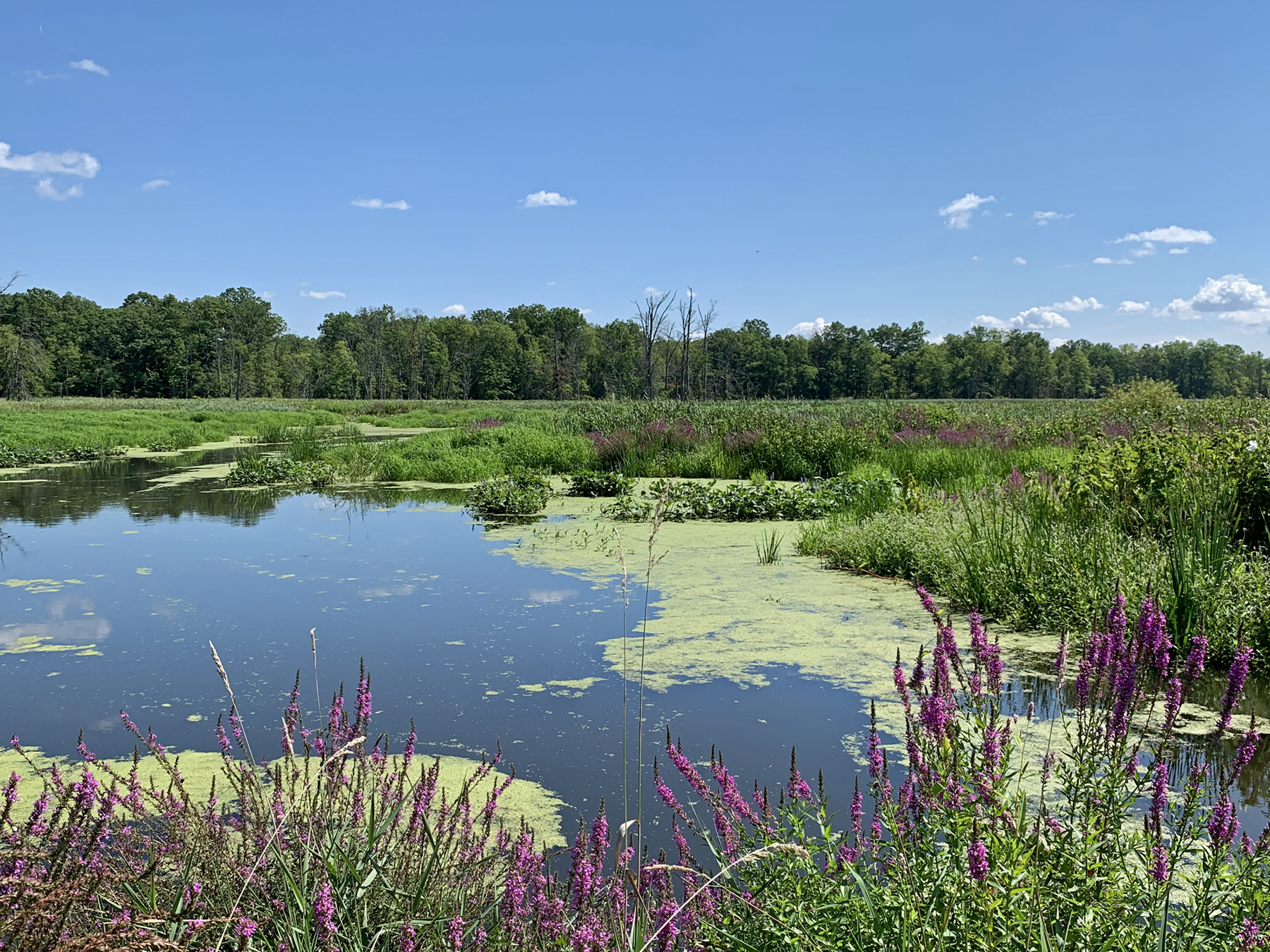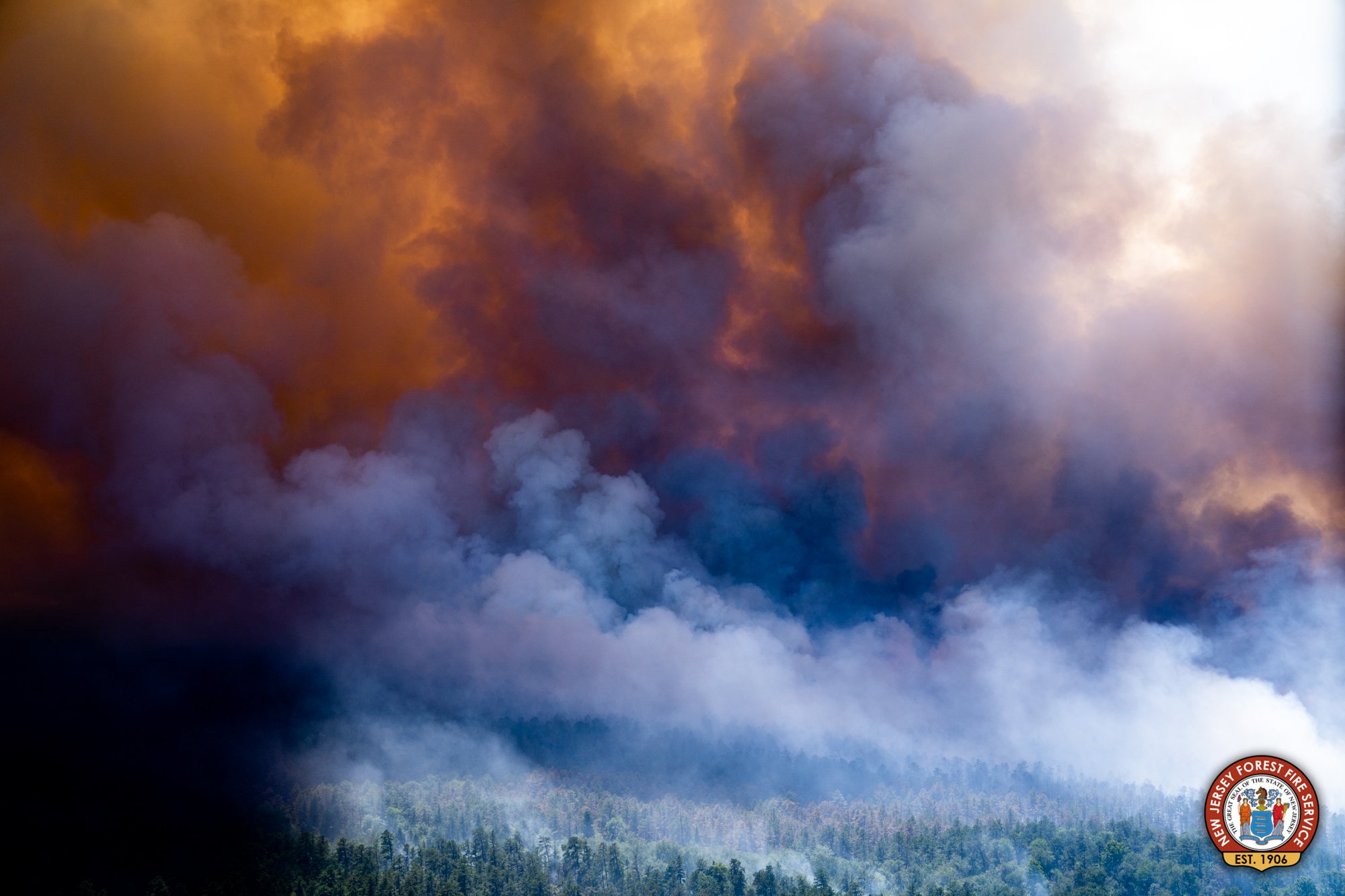Does Anybody Really Know What Month It Is?: January 2023 Recap
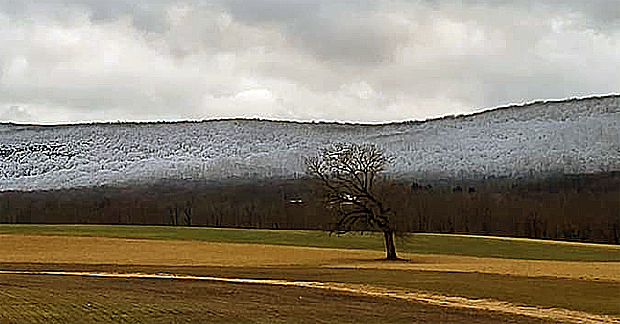
January 2023 was unlike most any first month of the year a New Jersey resident has experienced. Temperatures were similar to those normally seen in March and accumulating snowfall was meager in the north and non-existent further south. NJ weather was more like that of the piedmont of North and South Carolina at this time of year. The statewide average temperature of 41.0° was 9.3° above the 1991–2020 normal and ties with 1932 as the mildest January since records commenced in 1895. The average high of 48.9° was 8.6° above normal, ranking 2nd mildest. The average low of 33.1° was 9.9° above normal, also ranking 2nd mildest. It is indeed impressive to see the January 2023 monthly mean 0.7° warmer than the normal monthly high temperature and the average low was 1.4° above the normal monthly mean. The NCEI northern division averaged 38.8° (+9.9°, rank #1), the southern division 42.3° (+8.9°, #2), and the coastal division 43.0° (+8.6°, #2).
January precipitation averaged 3.65” across NJ, which is 0.16” above normal and ranks as the 45th wettest on record. This includes rain that fell during the PM hours of December 31st, as the clock starts on the new month (and in this case, also the new year) once observations are gathered at most NWS Cooperative stations around 7–8 AM each morning (much as what occurred on November 30, 2022, contributing to December totals). The northern division was wettest, averaging 4.19” of rain and melted snowfall (+0.69”, 31st wettest), the southern division 3.36” (-0.11”, 56th wettest), and the coastal division 3.01” (-0.50”, 78th wettest/52nd driest).


